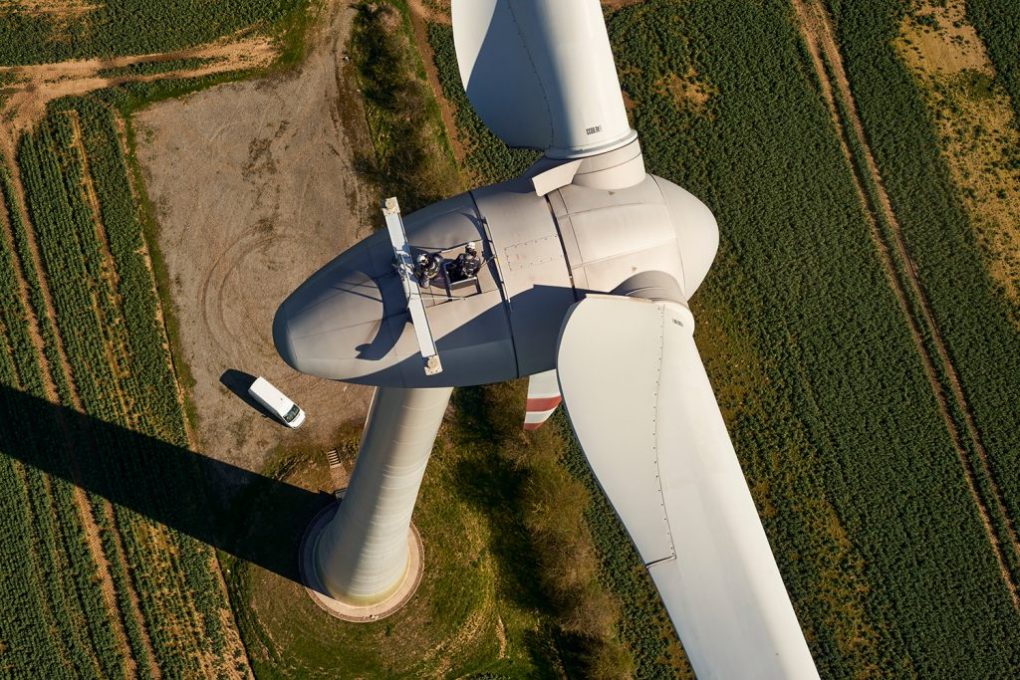In the following article, we look at the aspect of the technical optimisation of turbine operation, and describe the opportunities afforded by technical retrofits and other turbine optimisation measures.
It should be borne in mind that a wind turbine can only be optimised to a limited degree in terms of yield and availability. This can be more or less costintensive, depending on the action taken.
Individual products in the area of technical optimisation are based on the assumption that a particular turbine is „under-performing“. Some market players promise significant increases in yield, but these assertions often need to be treated with caution: On the one hand, the increases in yield promised on the market cannot be reproduced to the same extent, and on the other, the results in many cases cannot be directly demonstrated and it becomes difficult or even impossible to retrospectively verify the additional yield obtained.
The basic rule is that in order to determine the potential for optimisation in any particular location, it is first necessary to record and evaluate the operating behaviour of the turbine in detail. This is done on the basis of the turbine‘s 10-minute data or by measuring the turbine‘s performance on site.
Detailed analysis of the performance curve represents one significant analytical approach. One tool for verifying the performance of the turbine which is suitable from an operational management perspective, is to survey the turbine with a nacelle-based LiDAR system. A system of this nature can be used to record the uninterrupted wind before the turbine and at the same time the performance characteristics of the turbine itself. wpd windmanager is using a LiDAR system with success.
In many cases, the results show that often external conditions at the location (turbulence, wind potential) are causing the discrepancies in the energy yield, and that it is seldom down to the poor performance of the turbine.
Technical retrofits represent a further optimisation option. These include technologies installed to complement the sensor systems, as well as changes to the control system or rotor blades. Minor retrofits contain improvements relating to service intervals and availabilities, while more extensive measures focus primarily on the rotor blades. The optimisation potential of the work carried out has to be assessed differently depending on the location and history of the turbine.
The problem is that many of the changes proposed are aimed at correcting supposedly suboptimal turbine behaviour, instead of concentrating on improving performance beyond the manufacturer‘s specifications. Before taking any action, the degree of any „under-performance“ should first be determined. The retrospective optimisation offered by the manufacturer should also not be forgotten when it comes to retrofits (or upgrades). Even after they have been erected, turbines are refined and settings changed as many possible optimisations only become evident once they are operating. For example, this is done in the form of software updates to the turbine control unit or through technical retrofits.
Conclusion: It is possible to optimise a wind turbine technically but the type and scope of the work must be checked in each instance and viewed in conjunction with the location. Operators should review solutions offered on the market critically and have a detailed technical assessment carried out before initiating any major, cost-intensive optimisation campaigns – this is a service offered by wpd windmanager.
